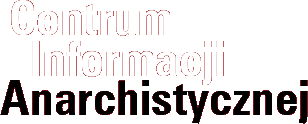Wietnam: Lokaut i zamknięcie fabryki Nike
Akai47, Sob, 2008-04-05 08:13
Świat | Prawa pracownika | Protesty
W Wietnamie kilkanaście tysięcy pracowników fabryki Ching Luh strajkowało 1-2 kwietnia. (Wietnamska prasa podaje, że nawet do 20 tys. pracowników strajkowała.) Fabryka Ching Luh produkuje buty dla firmy NIKE. 2 kwietnia kiedy pracownicy wrócili do pracy ktoś zakłócił z ochronę, która wezwała policję. Policja pobiła pracowników a fabryka zastosowała lokaut wobec nich. Fabryka ta nadał nie pracuje.
Pracownicy fabryki zarabiają mniej niż 150 zł. miesięcznie.






